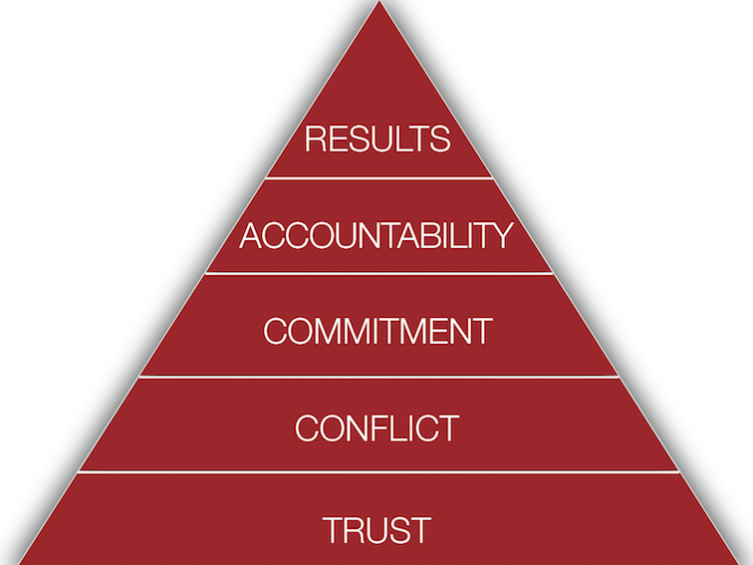Circular Meetings
“I thought we made a decision about this, but here we are in the same meeting, deciding the same thing again two weeks later! Why?!” If you’ve ever thought this, you aren’t alone. Most of us have been part of teams or organizations where you feel like you simply spin your wheels and never move forward.
A client called this week identifying this as one of her greatest frustrations with her team. She said she had something to bring to the team and she knew that if some of the group didn’t agree with the outcome, they’d just bring it up again at a later meeting. We talked about some of the things potentially causing this behavior.
So why does this happen? The cause can be fairly simple, as can the fix. Most commonly, the team didn’t have enough healthy conflict around the idea to get buy-in. The conflict may not have happened because there were different communication and processing styles in the meeting.
Some folks can think aloud. Others need space and time. In many cases, the internal processing folks thought about the decision after the meeting and came to a different conclusion. They then returned to the group with their decision, even though external processing folks in the group felt the decision had been made.
An easy fix for this type of revisited decision is to provide an agenda with the relevant facts prior to the meeting and being clear about the purpose of the meeting. If the meeting is for information only, say that. If it’s to make a decision, say that in the agenda. This helps processors prepare for the onslaught of out loud thinking, giving them fair footing to contribute to the decision.
If you are seeing passive aggressive behaviors when decisions are made, the root cause is often a damaged trust level in the group. Team members figure, “Why have conflict?” because they feel their contribution doesn’t matter anyway.
When contributors feel they can’t impact the outcome, we see passive-aggressive behaviors that look like sabotage of previous decisions. These teams never get to the point of conflict because they don’t trust the intentions of the others enough to even engage in any conflict.
Patrick Lencioni talks about this phenomenon in his work, The Five Cohesive Behaviors of a Team. As a certified Five Behaviors partner, I find teams need time and space to talk through what got them to the point of feeling as if all team members’ opinions aren’t heard. And while these conversations are difficult, again, the answer is often simple – they’ve never addressed a perception they have of the other folks on the team.
Once we address team members’ misinterpretations vs. the intended behaviors, teams are ready to move forward, have healthy conflict and ultimately commit to action as a team, eliminating those frustrating repeat meetings. To learn more about the Five Behaviors of a Cohesive Team, check out the Five Behaviors site or call me to learn more.
Keynote speaker, trainer, and consultant, Sarah Gibson, helps organizations leverage the power of communication, teamwork and diversity to improve engagement and transform teams. To buy her book or inquire about her speaking programs, please visit www.sarahjgibson.com.



